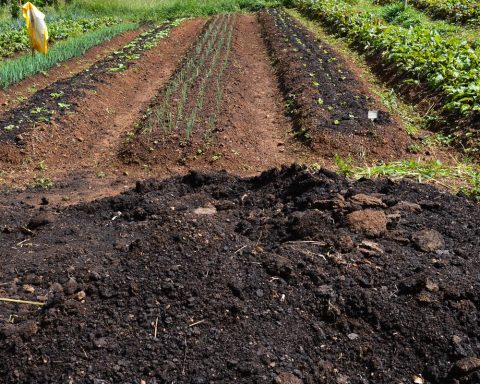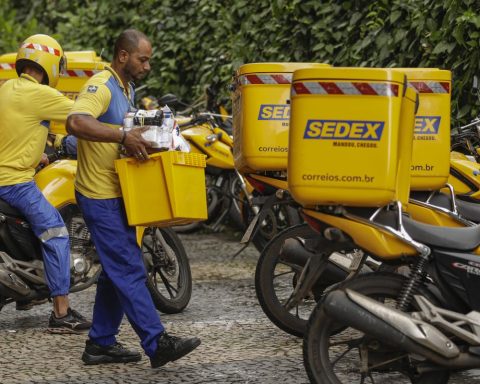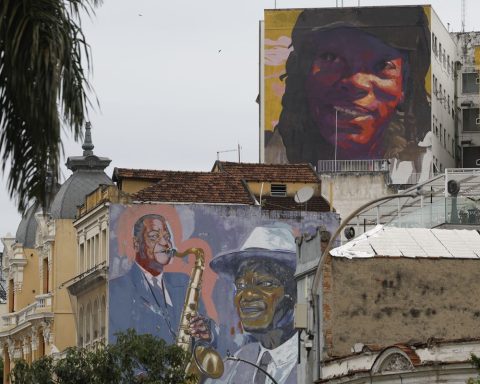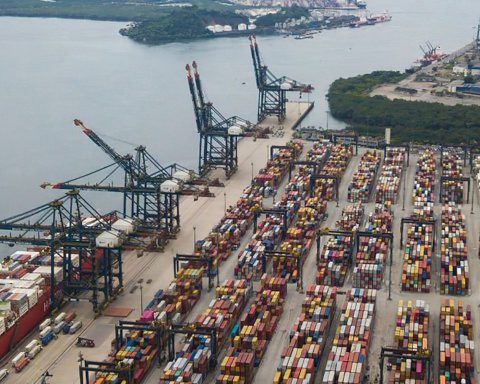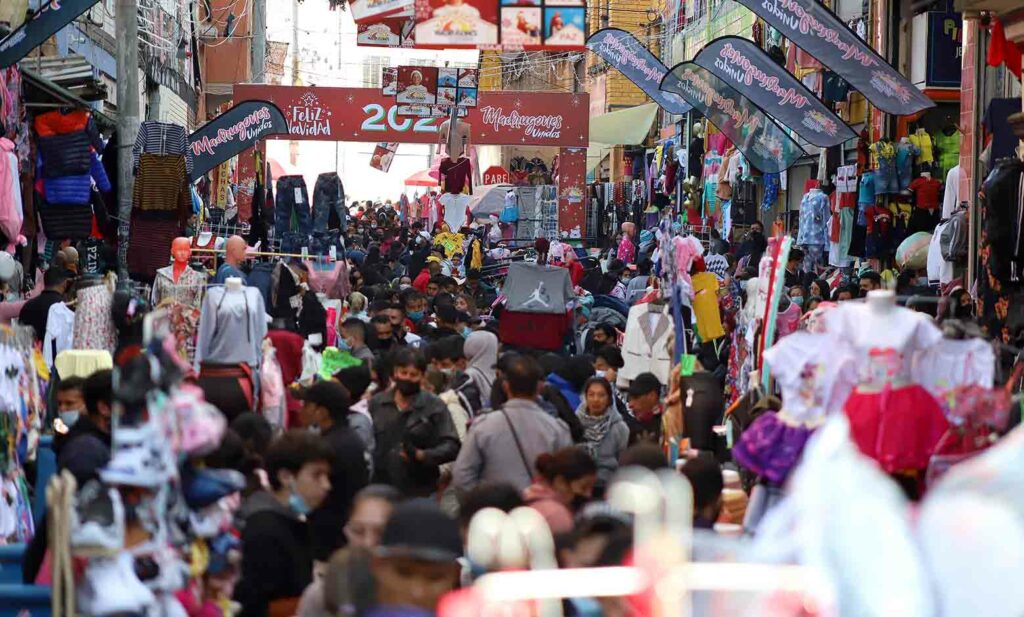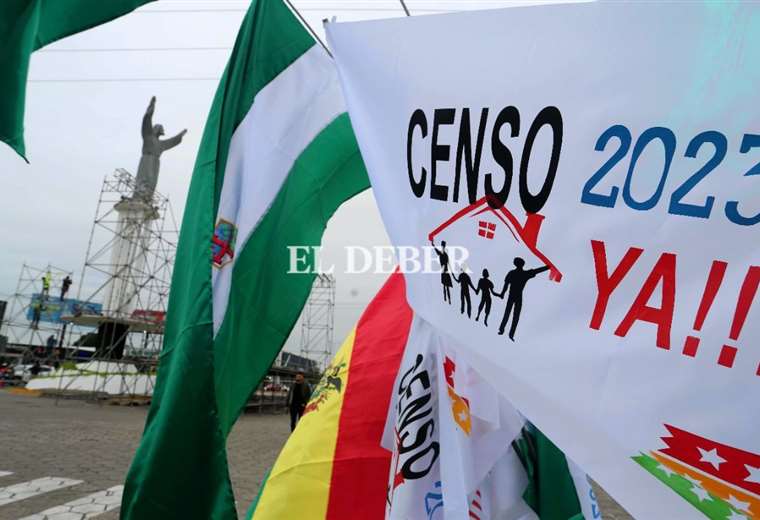Brazilian industrial production had a slight rise of 0.3%, from September to October, interrupting two consecutive months of decline, a period in which it accumulated a loss of 1.3%. Only seven of the 26 surveyed industrial sectors expanded.
As a result, the sector is 2.1% below the pre-covid-19 pandemic level (February 2020) and 18.4% below the record level reached by the sector in May 2011.
The data are from the Monthly Industrial Survey, released today (2), in Rio de Janeiro, by the Brazilian Institute of Geography and Statistics (IBGE).
Compared to October 2021, the industry recorded an increase of 1.7%. In the year (January-October 2022), it accumulates a decrease of 0.8% and, in 12 months, a decrease of 1.4%.
According to the research manager, André Macedo, although industrial production has shown some improvement at the beginning of the year, as it recorded positive results for four consecutive months, in recent months the sector has shown a predominantly negative behavior.
“Over the last five months, on three occasions, there has been a drop in production and with the characteristic of a greater number of industrial activities in the negative field, remaining far from recovering the losses of the recent past”, said Macedo, in a note.
positive influence
The economic activities that exerted the greatest positive influence in the month compared to the previous month were food products (4.8%) and metallurgy (4.6%), with the former eliminating part of the loss of 7.1% accumulated in September and August. The second grew again after retreating 7.6% in the previous month.
“On the other hand, motor vehicles, trailers and bodywork (-6.7%), machinery and equipment (-9.1%) and beverages (-9.3%) brought the main negative impacts in October, with the former marking the second consecutive month of reduction in production and accumulating loss of 6.8% in this period; the second eliminating part of the increase of 16.9% accumulated in September and August; and the last one intensifying the decline seen in the previous month (-5.7%)”, said the IBGE.
According to the study, leather, travel items and footwear (-13.2%), other chemical products (-3.0%), miscellaneous products (-12.5%), clothing articles and accessories (-7.1%), wood products (-8.8%), rubber and plastic products (-2.6%) and electric machines, equipment and materials (-3.5%).
Comparation
Among economic activities, the main positive influences in the comparison with October 2021 came from food products (12.2%), motor vehicles, trailers and bodies (12.6%) and extractive industries (4.5%).
Computer equipment, electronic and optical products (14.6%), other transport equipment (30.0%), pharmaceutical and pharmaceutical products (10.1%) and cellulose, paper and paper products (2.7%) also contributed positively.
According to the survey, among the activities that had a decrease, wood products (-24.5%), coke, petroleum products and biofuels (-2.3%), beverages (-5.9%) and metallurgy (- 3.7%) had a greater impact on industry.

